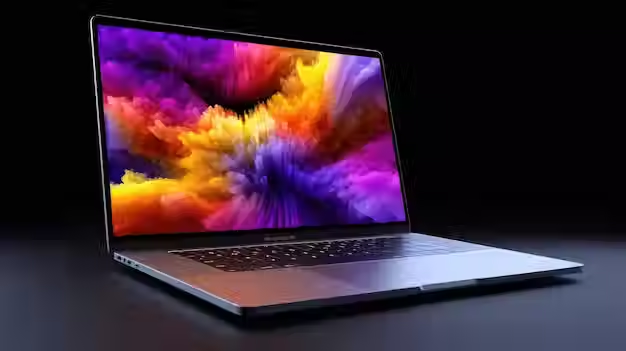
Whether you’re planning to sell your MacBook, fix a software issue, or just start fresh, resetting it to factory settings is the solution. This guide will walk you through every step, from preparation to reinstalling macOS, in simple terms.
Step 1: Get Ready for the Reset
1. Backup Your Files
Resetting your Mac will erase everything. Make sure you save any files, photos, or documents you want to keep! Here’s how:
Use Time Machine:
Connect an external hard drive.
Open System Preferences > Time Machine, select Backup Disk, and follow the prompts.
Save to iCloud or Another Cloud Service:
Drag your important files to iCloud Drive, Google Drive, or Dropbox.
Copy to a USB or External Drive:
Plug in your drive, then manually drag and drop files to save them.
🛑 Important: After resetting, your data is gone for good, so don’t skip this step!
2. Sign Out of Apple Services
Unlink your Mac from your Apple ID to avoid any problems later.
iCloud:
Open System Preferences > Apple ID > Overview.
Click Sign Out and follow the prompts.
Turn off Find My Mac if it’s enabled.
iTunes, iMessage, and FaceTime:
Open these apps.
Go to their settings and sign out.
Step 2: Enter Recovery Mode
To reset your Mac, you’ll first need to access Recovery Mode. This process differs based on your Mac’s processor:
For Intel Macs:
Restart your Mac.
As soon as it powers up, press and hold Command (⌘) + R.
Release the keys when you see the Apple logo or a spinning globe.
For Apple Silicon (M1/M2) Macs:
Turn off your Mac completely.
Press and hold the Power button until the “Options” screen appears.
Select Options and click Continue.
Step 3: Erase Everything on Your Mac
In the macOS Utilities window, select Disk Utility, then click Continue.
Find your main drive (usually named Macintosh HD). If you don’t see it, click View > Show All Devices.
Select the drive and click Erase at the top.
In the Erase menu, choose these settings:
Name: Macintosh HD
Format: APFS (for newer Macs) or Mac OS Extended (Journaled) for older ones.
Scheme: GUID Partition Map.
Click Erase to wipe your Mac clean. This will remove everything from the drive.
When the process is done, close Disk Utility to return to the macOS Utilities window.
Step 4: Reinstall macOS
From the macOS Utilities window, select Reinstall macOS and click Continue.
Follow the on-screen instructions:
Agree to the terms and select Macintosh HD as the destination for the installation.
The reinstallation process will start. This could take some time, depending on your internet speed.
Once the installation is complete, your Mac will restart.
Step 5: Set Up or Leave for the Next User
If You’re Keeping the Mac:
Complete the setup process by following the on-screen prompts. Log in with your Apple ID, set up preferences, and enjoy your refreshed Mac!
If You’re Selling or Gifting It:
When the setup screen appears, press Command (⌘) + Q to shut down the Mac. This will leave it in an "out-of-the-box" state for the next user.
Additional Tips and FAQs
What if I Can’t Access Recovery Mode?
Try Internet Recovery:
Restart your Mac and hold Option (⌥) + Command (⌘) + R (Intel Macs) or repeat the process for Apple Silicon Macs.
This will load recovery tools over the internet.
Do I Need Internet for the Reset?
Yes, you’ll need an internet connection to download and reinstall macOS.
Can I Install an Older macOS Version?
Yes! If you need a specific version, you can create a bootable USB installer. Check Apple’s support site for instructions.
Why Factory Reset Your Mac?
Privacy: It ensures all your data is completely erased.
Performance: A fresh start can solve software glitches or speed up your Mac.
Ready for Resale: Resetting prepares the laptop for a new owner.
By following these easy steps, you’ll have your Mac cleaned and ready to go. Whether it’s for you or someone else, a factory reset is a great way to start fresh!
